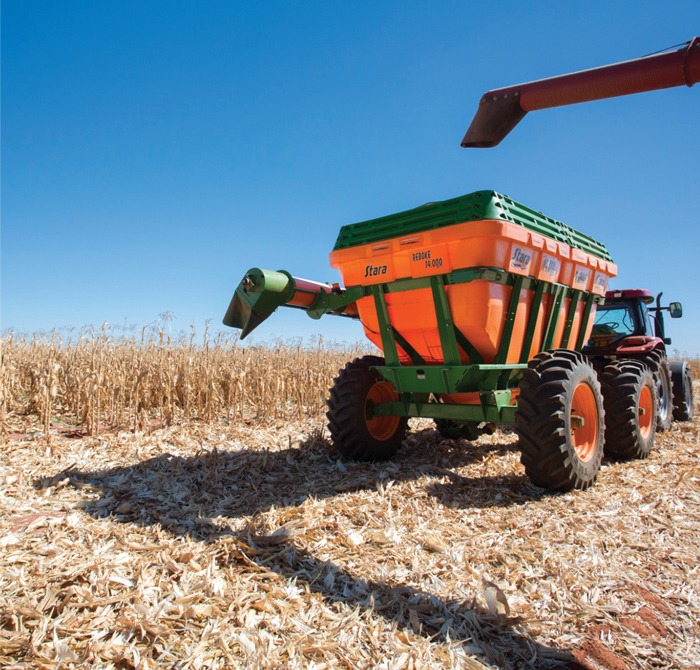July 2020
| Leonard Oberholzer, Market Development Lead – South Africa, Bayer. Send an email to leonard.oberholzer@bayer.com |
 |
There are many potential economic and environmental advantages for no-till or conservation tillage systems. Generally, a tillage system should provide a proper environment for seed germination and root growth for crop production. Each system has advantages and disadvantages that need to be assessed for each field situation.
For the last few decades, there has been a major trend away from extensive tillage to prepare a proper environment for seed germination and root growth. The decline in cultivation was possible due to the advent of effective herbicides for weed management.
NO-TILL SYSTEMS
In this system, crop residue on the soil surface is not disturbed and should remain on the soil surface from harvest to seeding and from the latter to harvest. This practice helps reduce soil erosion, especially on highly erodible soils, and allows for adequate stand establishment. About 60% to 70% of residue after planting is generally required to manage erosion and conserve soil moisture, depending on soil types, field conditions, and residue.
FERTILISER MANAGEMENT
Tillage systems affect fertiliser management as the immobile elements of phosphorus (P), potassium (K), and limestone move slowly in most soils unless they are physically mixed during tillage operations.
WEED MANAGEMENT
Weed management in conservation tillage systems depends more on herbicides. Pre-emergence or post-emergence herbicides applied on the surface should be used to manage weeds in a no-till production system. Timing of herbicide application and enhancing crop competition can be effective in managing weeds in a no-till system. Glyphosate application is a very handy tool in conservation tillage systems.
ADVANTAGES
Advantages of the system are:
 60% to 90% of residue remains on the soil surface and can help reduce erosion.
60% to 90% of residue remains on the soil surface and can help reduce erosion.
DISADVANTAGES
The disadvantages of the system include:
SUMMARY
In summary, conservation tillage is a crop production system that allows the establishment of crops in undisturbed residue of previous crops.
Publication: July 2020
Section: Pula/Imvula